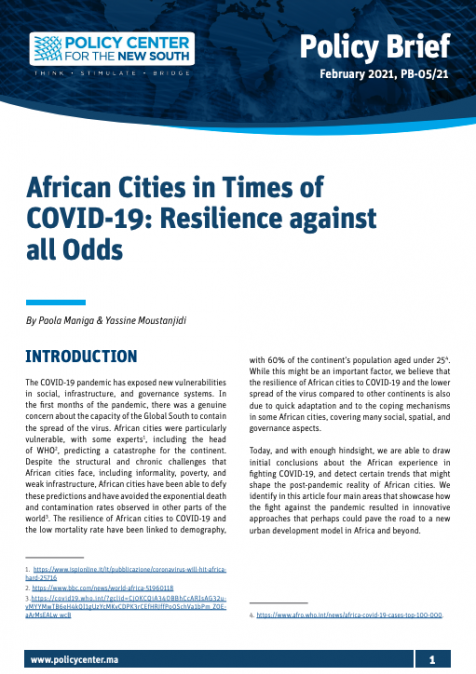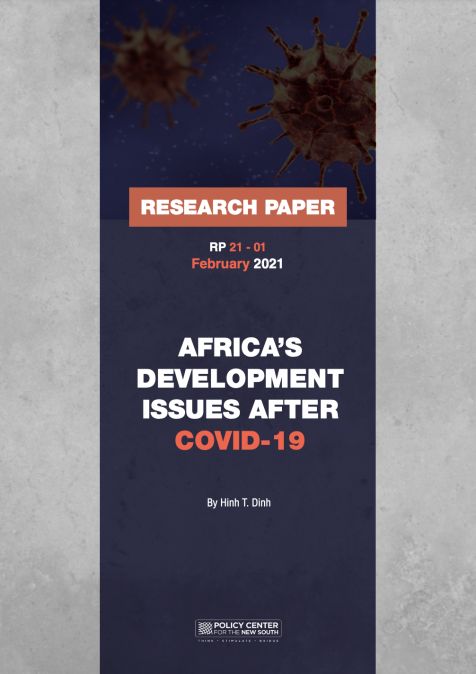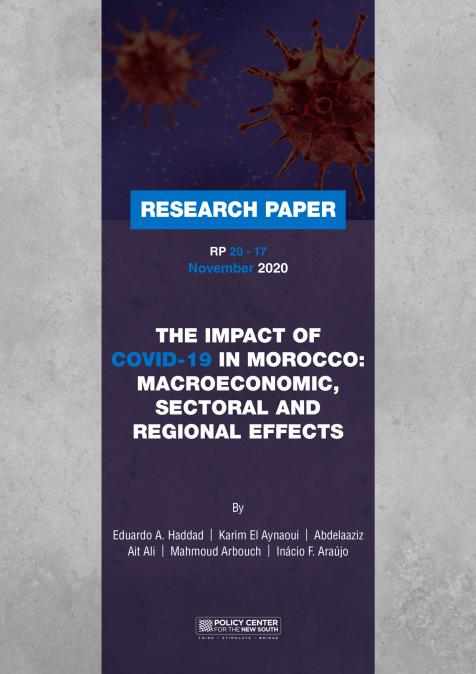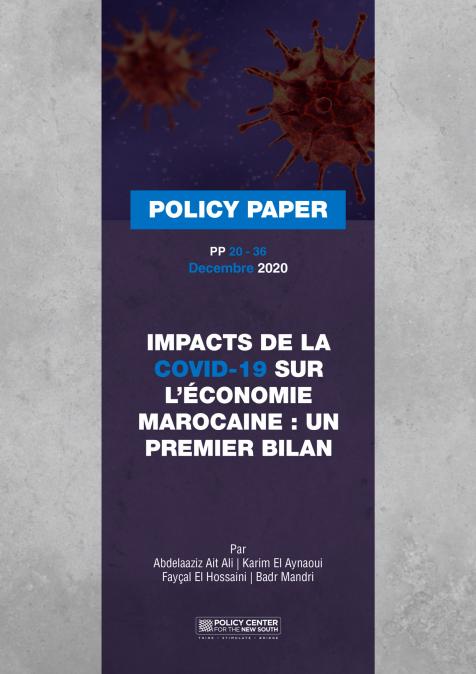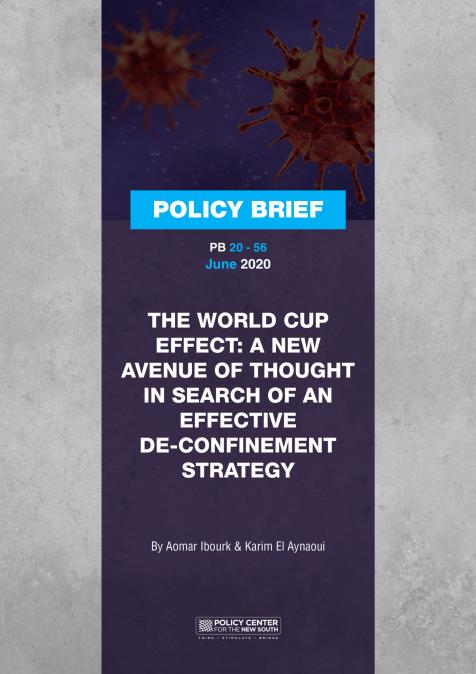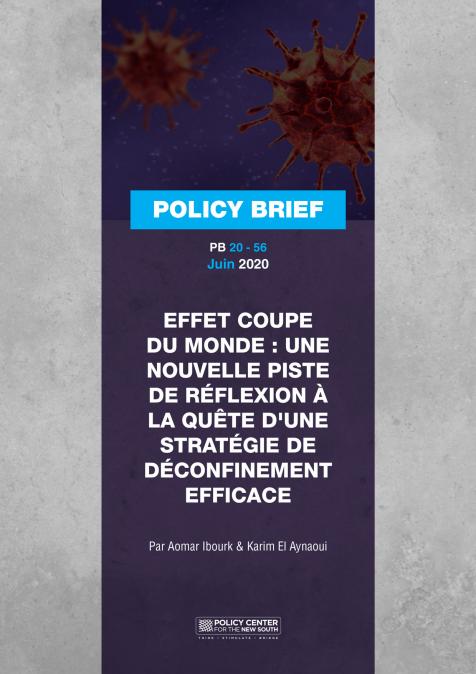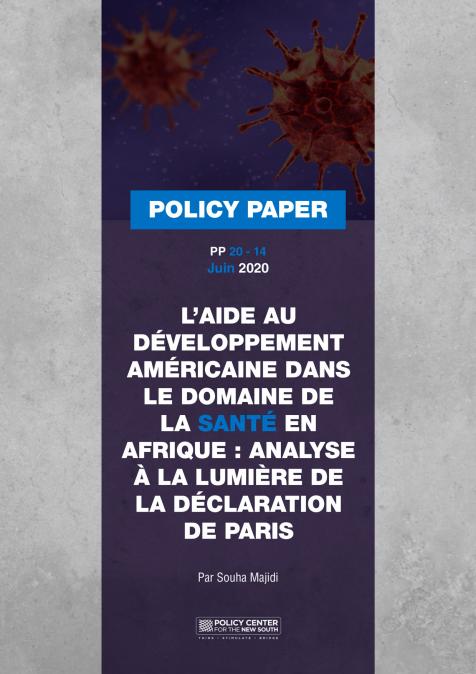Publications /
Opinion
The author is an alumnus of the 2017 Atlantic Dialogues Emerging Leaders program
Globalization has led to discourses on leadership and management having different perspectives. Today, one of the discourses includes gender diversity in leadership positions across organizations. The data continuously shows that women’s access to the coveted C-suite and management positions in organizations are comparatively limited. Therefore, this piece examines women’s representation on African corporate boards and executive committees in the private sector.
In the private sector, statistics (Exhibit 1) shows that Africa performs well on the global stage with a higher percentage of women executives committee members, CEO and board roles in organizations with numbers varying by industry and region (Exhibit 2).
Exhibit 1: Women's representation at senior management level in private sector companies worldwide
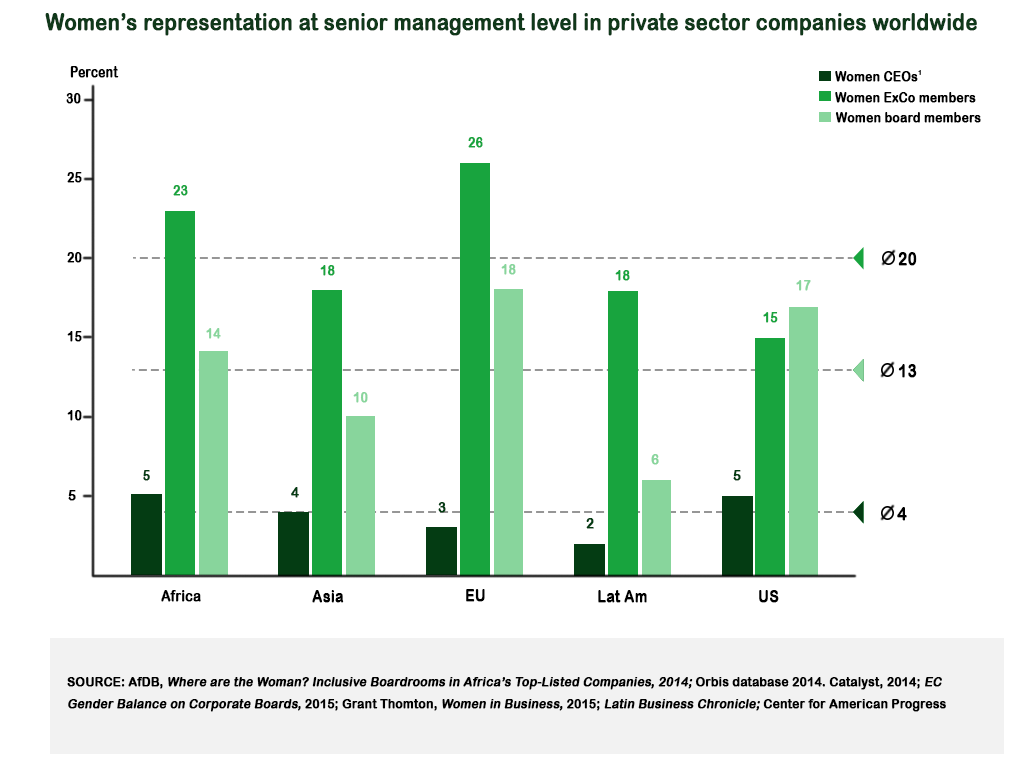
Exhibit 2: Women’s representation on the boards of African industries by region
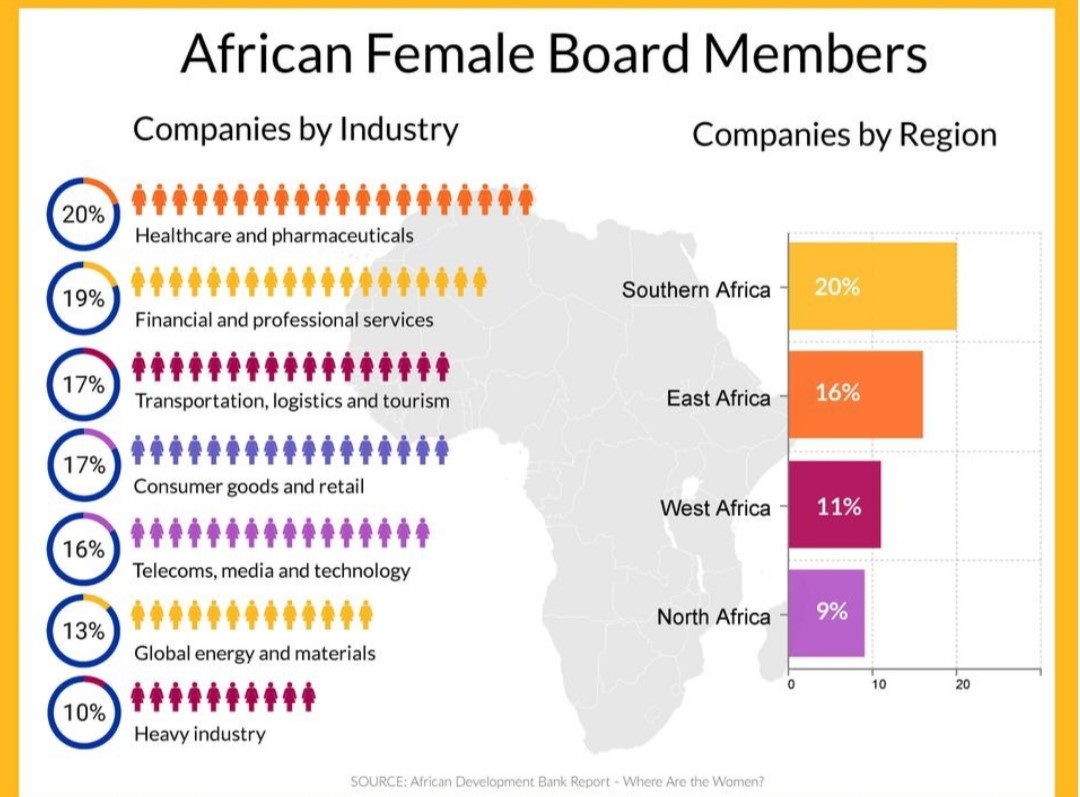
Across Africa, research shows that 5% of the CEO’s are women, 22% of cabinet members are women, 25% of parliamentarians are women, 29% of senior managers are women, 36% of promotion go to women and 44% of senior women hold line roles. Yet, women are still under-represented at every level of the corporate ladder as they gradually fall in number the higher, they climb (Exhibit 3).
Exhibit 3: Women in Senior Management
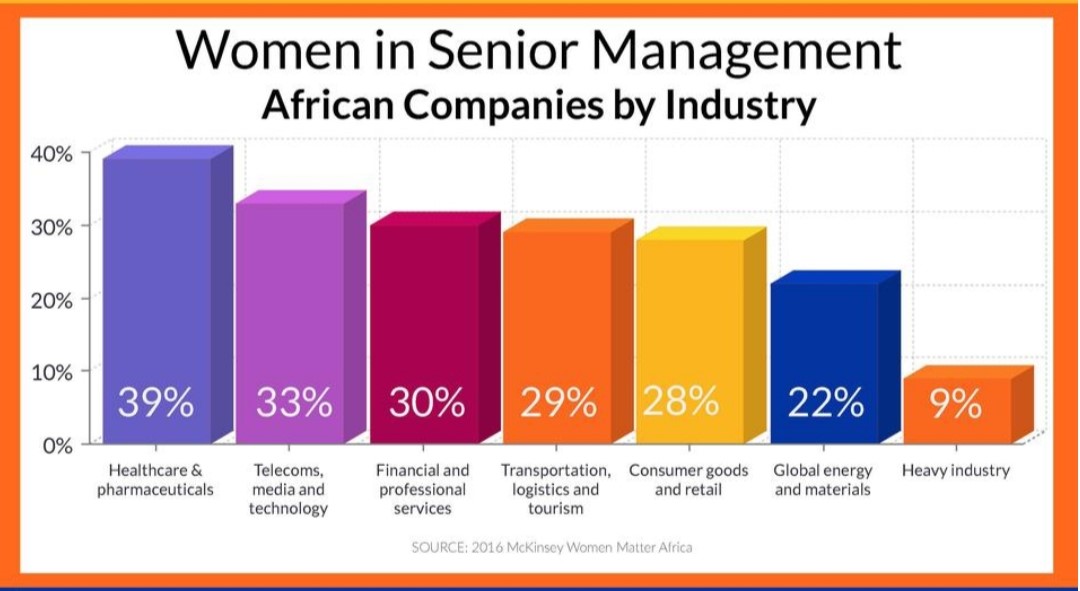
In Africa, women account for 47% of non-management positions while at the middle management this figure falls to 40% with the senior management positions decreasing to 29%. From start to finish, the exits of qualified career women amount to a leakage of 18 points (Exhibit 4).
Exhibit 4: Women's representation across the corporate pipeline
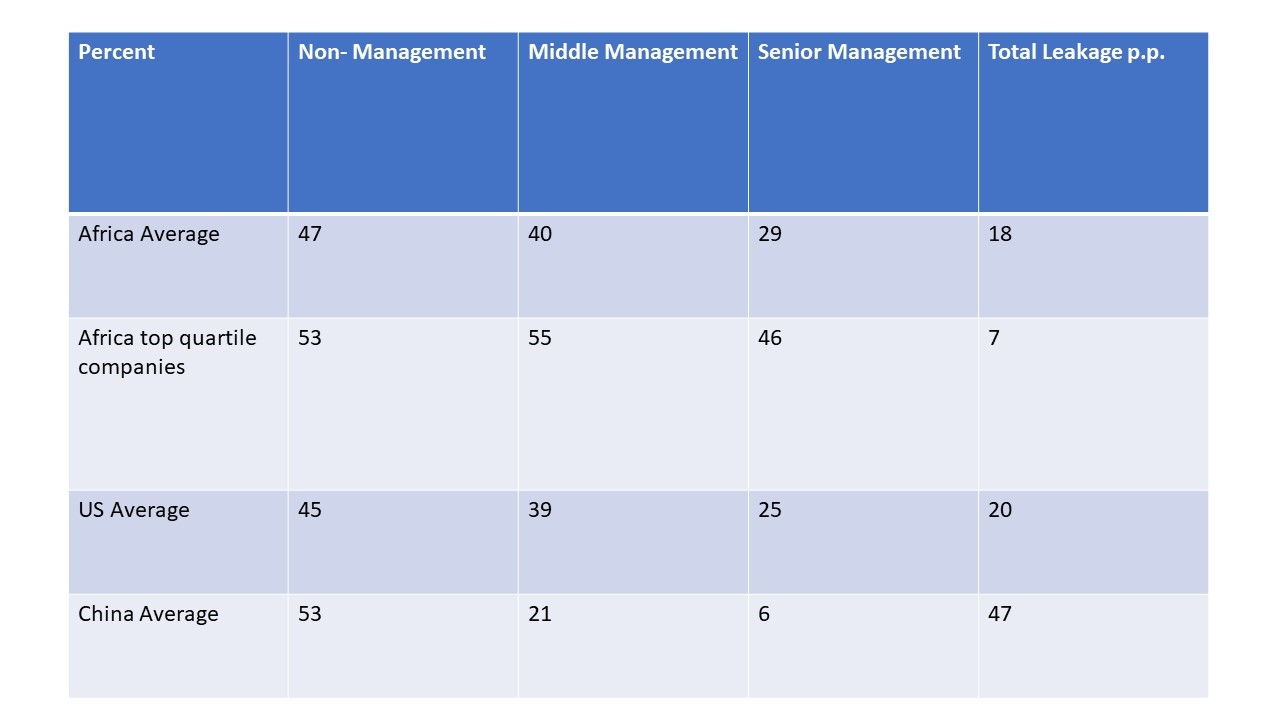
Source: 2016 McKinsey, Women Matter Africa
Total number of companies in African sample = 55. These are the 55 companies that responded to McKinsey’s organizational survey; they are not the same 55 used for the analysis of EBIT margins 1.
In (Exhibit 5) a broader analysis of women’s representation across the corporate pipeline industries in 55 African companies is shown.
Exhibit 5: Women’s representation across the corporate pipeline by industry
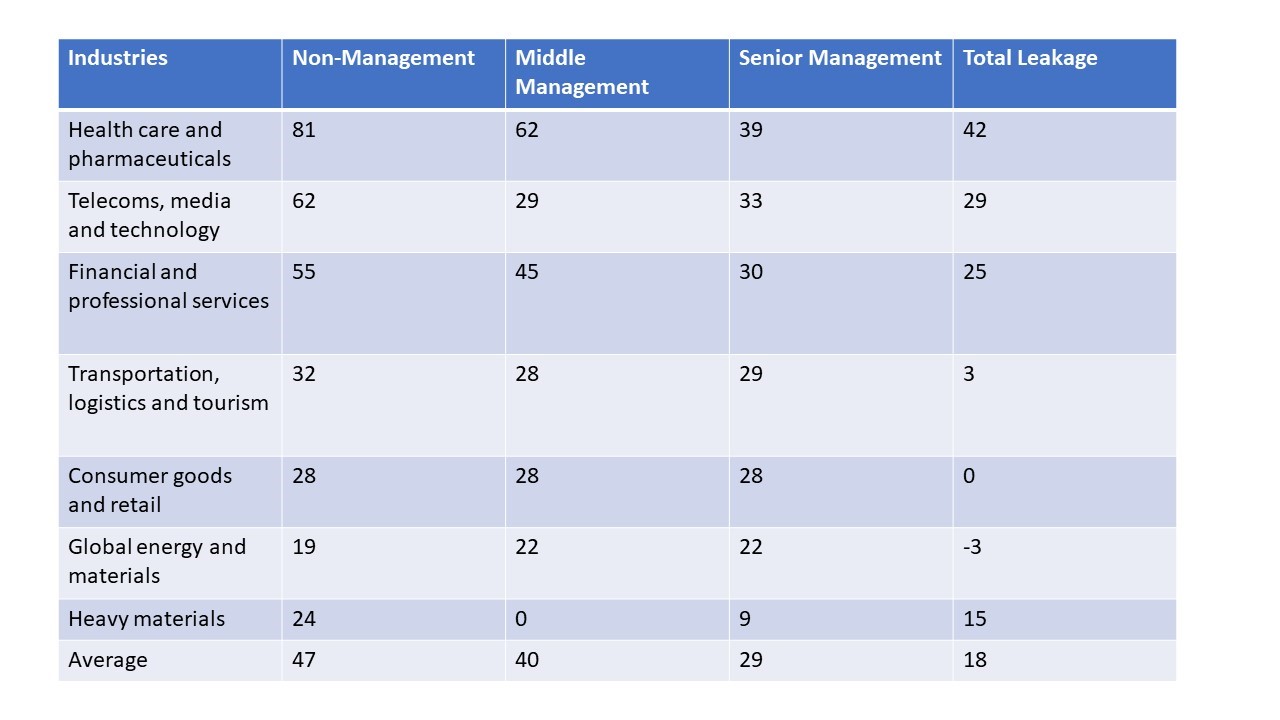
Source: 2016 McKinsey, Women Matter Africa
In the 55 companies used in the survey, findings revealed women make up to 45% of the workforce but receive just 36% of the promotion while men make up to 55% of the workforce and receive 64% share of promotion.
Causes of under-representation
Despite the increasing presence of women in the business world, African women are still grossly under-represented in leadership and management positions. Research reveals the Middle East and Northern African region (MENA) has the lowest representation globally for women in leadership and management positions. Findings proposes that the three main obstacles women taking in on senior leadership roles in African organization are facing are:
1. Gender issues are not at the forefront of conversations. In Africa, only one in three companies in the private sector has gender diversity as a CEO priority. Today’s women leaders who have succeeded, it seems, largely through a combination of opportunity and drive rather than a coordinated corporate effort to promote diversity.
2. The barriers women face in the workplace are poorly misunderstood. Organizations do not share women leader’s view of the impediments to their success. Organizational representatives see the “double burden” syndrome, women see this as an issue too, but believe the most important barrier is attitudes in the workplace that result in women being treated differently from men.
3. Programs to redress gender balance do not tackle the main issues and this is due to lack of understanding the underlying reasons for women’s under-representation. Despite the strong business case for gender diversity in leadership, only 31 percent of the African companies surveyed saw it as a top strategic priority for the CEO, while 25 percent stated it was of no importance. Yet unless gender diversity is at the top of the CEO’s agenda, progress toward it is likely to be slow.
Other factors leading to under-representation in these positions are:
1. Choice of education and degree.
2. The low management figures in the MENA region are as a result of low labour force participation rates of the women.
3. Women do not have the necessary leadership capabilities. In Nigeria, the percentage of women holding leadership positions has dropped by 29% and in Kenya, the drop is 15%. South Africa fares somewhat better with a decline of 1%.
4. Numbers do not equal influence. Although the number of women in leadership positions may have risen, women do not necessarily have greater power. In the private sector, more than half of senior women occupy staff roles rather than the line roles from which promotion to CEO typically comes.
Ultimately, if organizations want to benefit copiously from a female leadership, a more equal representation in all management levels has to be the goal. For a more gender balanced work environment in the private sector, research further shows that certain factors such as the following needs to be implemented:
In Morocco, the Code of Good Practice on Cooperate Governance (March 2008) shows that management boards should be composed of members, who among other qualities should provide diversity in gender balance, training and professional experience.
The challenges facing Nigeria are similar to the Kenyan and South African environments. Initiatives are in place to support women into leadership roles through capacity building and increased visibility, but more needs to focus on building the infrastructure that provides a catalyst for even greater change and more importantly the momentum to sustain change. Government policy defining targets within a time frame for leadership positions held by women across all three sectors; political, private and public should be consistently and clearly articulated.
Make gender diversity a top board and CEO priority. Senior leaders should develop and enforce a cohesive gender diversity transformation strategy and metrics, own the communication about this transformation, monitor progress and lead the change. For example, "AECOM is committed to developing leaders who support and champion equal opportunity and equal representation. Part of its 2020 strategy is to increase the representation of women in leadership.
Confront limiting attitudes toward women in the workplace. Address unconscious bias by educating allemployees, reviewing and changing processes (for example, recruitment and performance reviews) to make decision-making more objective; include men in gender diversity transformation initiatives; conduct surveys to understand what the limiting attitudes are.
Across Africa, more career driven women are working to shape the future of the continent. To ensure greater equality of opportunities generally, majority of MENA countries now have more than one businesswomen’s association to support female leadership and organizations are also more active in sustaining their representation by introducing human resource measures to support women’s career advancement. Nezha Hayat, the Vice President of the Regional committee for Africa and The Middle East with the International Organization of Financial Market Regulators is an example of a Moroccan business woman who plays an influential role in the private sector in Africa. In Nigeria, women occupy 22% of board seats in commercial banks according to the Central Bank of Nigeria statistics. The Governor of CBN, Mr Godwin Emefiele affirmed that banks with more women on their board and in top management positions are better managed. Ibukun Awosika, the current Chairman of First Bank Nigeria and Osaretin Demuren, the first female Chairman of Guaranty Trust Bank are exemplary examples of women changing the narrative in the Nigerian Banking Industry. In Sub-Saharan Africa, International Finance Cooperation has also partnered with institutes of directors and regulators on events aimed at building a pool of board ready female candidates.
Conclusion
Research has shown that organizations with greater share of women on their board of directors and executives tend to perform better financially. McKinsey’s report further revealed that if women’s economic participation were at the same level as men, $28 trillion could be added to the world’s economic growth by 2025. Africa has made remarkable strides in ensuring women are better represented in senior positions however, for a gender balanced work environment to be attainable, organizations need to commit towards transforming their present system.
The opinions expressed in this blog post are the views of the author.


